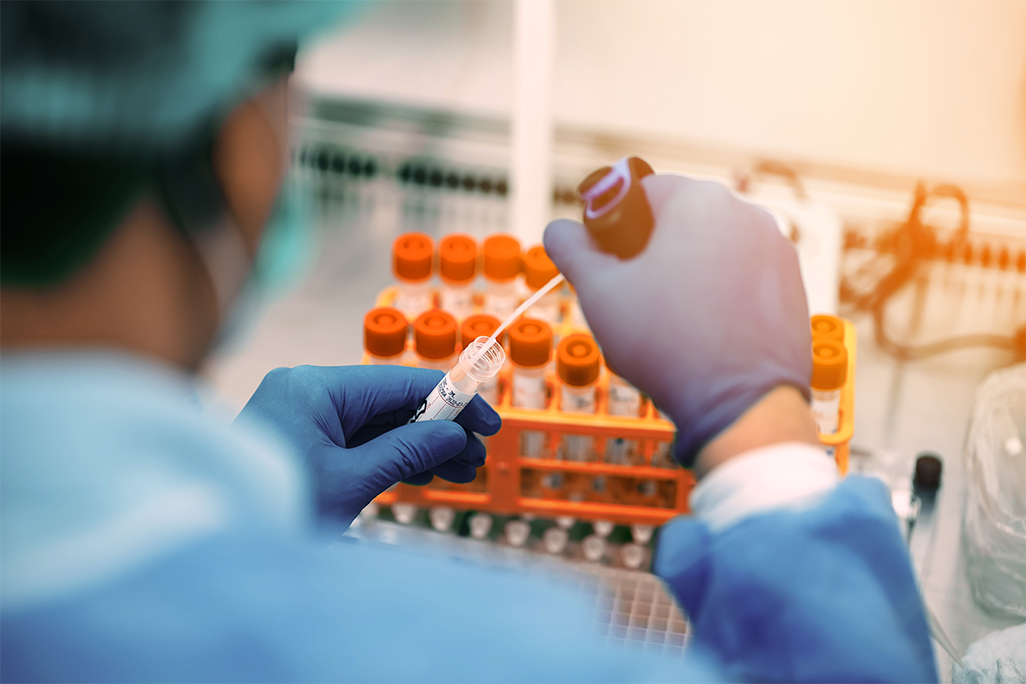EU assesses competition picture of the pharma sector
Published on 7th March 2024
Commission reports to the Council on how EU antitrust and merger rules in the pharmaceutical sector have been enforced in the period 2018-2022

On 26 January 2024, the European Commission published a report, "Update on competition enforcement in the Pharmaceutical Sector (2018-2022)".
The report provides an overview of how the EU and domestic authorities have applied EU antitrust and merger rules in the pharma sector in the period 2018-2022. In addition to describing anti-competitive conduct and transactions and relevant decisions, it summarises the main characteristics of the pharma sector that shape the competition assessment.
Stakeholders
The report first describes the main stakeholders in the sector from the demand side (patients, prescribers, pharmacies, health insurance companies and national reimbursement bodies) and from the supply side (manufacturers, wholesalers and different types of pharmacies). It explains how to identify the "relevant market" for pharmaceuticals, a key concept in competition law analysis.
Life-cycle of medicines
The report focus on the life-cycles of medicines, which are relatively long. They comprise three main phases: (i) research and development (R&D)/product launch; (ii) market exclusivity and (iii) the expiration of the exclusivity period.
The R&D process is vital for competition, since it leads to the discovery of new or improved medicines. Given the high costs of R&D projects, legislation grants originator companies various exclusivity mechanisms, such as patents, supplementary protection certificates (SPCs), market and data exclusivity, which are limited in time.
Generics and biosimilars
At the end of an exclusivity period, generics and biosimilars enter the market. This generally implies a loss of sales volumes of the originator medicine and a reduction of prices, with cost savings for healthcare systems and greater access to medicines for patients. The report also points out that originator companies may attempt to misuse patent or exclusivity protection to gain additional time before competing products can enter the market (for example, with so-called secondary patents).
Cost savings seem more difficult to achieve for biosimilars than for generics, given the distinctive features of biosimilars. This complexity leads to higher barriers to entry for biosimilars compared to classical generics. In this respect, the European Medicines Agency (EMA) and the Heads of Medicine Agencies (HMA) have emphasised that biosimilars approved in the EU are interchangeable from a scientific viewpoint, meaning that a biosimilar can be used instead of its reference biological product or vice versa.
However, Member States will continue to decide which biological medicines are available for prescription in each territory and whether automatic substitution is allowed at pharmacy level.
Price and reimbursement rules
The Commission restates that price and reimbursement rules remain an exclusive competence of Member States, which have opted for different pricing schemes based on negotiations between healthcare bodies and manufacturers.
Most Member States have introduced measures to encourage price competition between equivalent medicines (for example, with rules that require physicians to prescribe an active ingredient rather than a specific brand, or by authorising pharmacists to dispense the cheapest generic version of the medicine).
Some regulators provide for the reimbursement of the costs of the cheapest product in a therapeutic class (that is, a group of medicines that have a different active ingredients but which are used to treat the same condition) which leads to a an economic substitution, switching patients to interchangeable but less costly medicines.
Finally, the report also focuses on the European Commission "pharmaceutical package" adopted on 26 April 2023, proposing the reform of EU pharmaceutical legislation, based on the preparatory work in the period since the adoption of the Pharmaceutical Strategy for Europe in 2020. The declared aim of the revision is to make medicine more accessible in all Member States, to address risks of shortages and, last but not least, to ensure they are affordable for national health systems. This to be achieved, of course, by also supporting competitiveness in the EU market. See our previous article on EU pharmaceutical reforms to overhaul marketing and manufacturing rules.
Osborne Clarke comment
The importance of the healthcare sector in general, and in particular the pharma sector, is undeniable and the Covid-19 pandemic made it clearer that ensuring patients' access to affordable and innovative medicines is a priority to guarantee the wellbeing of EU citizens.
As the analysis of the features of the pharma sector shows, this is an extremely complex and highly regulated sector, where different players are operating in different roles, both at private and at public administration level, also with differences among the Member States when it comes to agree pricing and reimbursement of medicines. Therefore we fully share the Commission's view that competition law enforcement is one of the drivers to contribute to and improve competition and innovation, but that this remains necessarily complementary to actions at legislative and regulatory level, such as the reform of EU pharmaceutical legislation and its Pharmaceutical Strategy.




